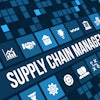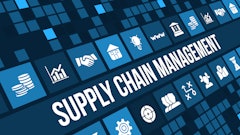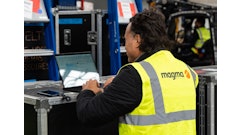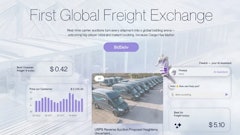
Research from Cleo’s Supply Chain Earnings Impact Report revealed a direct correlation to enterprise value between those who proactively invested in supply chain strategies and those who did not.
“Uncertainty is the new normal in supply chains. The past five years have shown us that disruption isn’t an exception—it’s an expectation,” says Mahesh Rajasekharan, CEO at Cleo. “From pandemic-driven shutdowns to geopolitical instability and climate-related crises, volatility is the only certainty. Our findings make one thing clear: Businesses that embrace supply chain visibility, automation, and technology integration don’t just survive through these challenges—they thrive and come out ahead.”
Key takeaways:
· Companies that prioritized technology integration, real-time visibility, and operational resilience drove higher investor confidence and saw their stock prices more quickly return to pre-disruption levels. In contrast, organizations that failed to modernize their supply chains faced prolonged disruptions, increased costs, and investor skepticism—leading to laggard stock performance.
· 2022 was the tipping point for supply chain volatility, with supply chain discussions appearing in 27% of earnings calls—a sharp increase from just 2% in 2019.
· From the onset of the pandemic, companies took four years on average to recover, with supply chain discussions declining to just 10% of earnings calls in 2024.
· Companies that prioritized agile supply chains and expanded their networks saw growth, with 51% of companies that experienced stock price increases specifically noting that having greater control over supplier onboarding was a critical success factor.
· Stock price recovery from supply chain disruptions took an average of 176 days, with one company taking 1,086 days to regain its stock value from before the reported disruption.
· 46% of supply chain laggards cited supply chain disruptions on their earnings calls, while 37% reported delays as major contributors to underperformance.
· Order backlogs were a defining factor between winners and losers—while 42% of companies with stock price declines cited backlogs as a challenge impacting earnings, 50% of supply chain winners leveraged backlogs as a strategic growth engine.




















